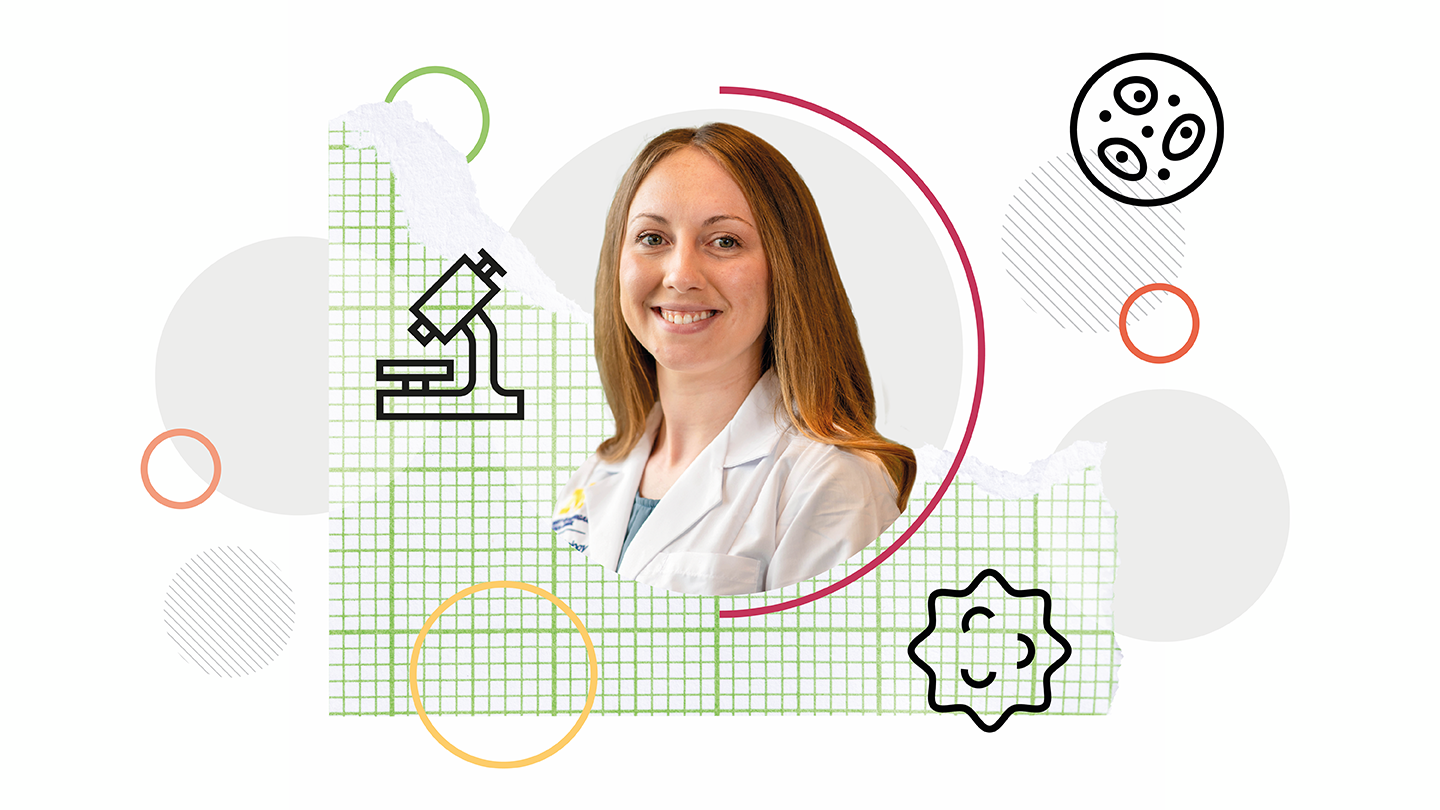
How did you find yourself in pathology?
I’m the first in my family to pursue a career in medicine – or in pathology – and my path began during my undergraduate studies in laboratory science. I was drawn to diagnostics early on, particularly the precision of working at the microscope and the deeper questions of why and how diseases occur. When I entered medical school, pathology quickly stood out as a natural fit.
I was fortunate to connect with inspiring mentors who encouraged my interests and helped solidify my decision. During my second year of medical school, I took a gap year to complete a post-sophomore pathology fellowship, which gave me a strong foundation in both research and diagnostic reasoning.
Now, as a resident at the University of Michigan, I continue to find joy and purpose in this field every day. Pathology has proven to be the perfect fit for my curiosity, analytical mindset, and passion for understanding disease – and I’m deeply grateful for the mentors and experiences that guided me here.
What’s your favorite part of what you do?
There are a few key aspects of my work that I truly enjoy. I especially value mentorship and educational opportunities. Pathology is the foundation of medicine – it's where diagnosis begins. I appreciate that we can draw from principles across all specialties and apply them in a meaningful, integrative way.
One of the most rewarding parts of the field is working closely with medical students and collaborating with clinicians across every specialty. Our versatility and broad knowledge base allow us to support the entire healthcare system – medicine simply couldn’t function without us. Even if our role isn’t always visible, I feel a deep sense of purpose in the work we do because it directly impacts patient care every day.
What’s the most difficult part of what you do?
One of the most challenging aspects of pathology is dealing with difficult or limited specimens – especially when there's no clear answer. Sometimes we only receive a small number of cells or tissue that isn't well-preserved or representative, and it takes a great deal of time, expertise, and collaboration to interpret what we’re seeing.
In complex cases, we often rely on additional tools like immunohistochemistry, molecular studies, or genetic testing. But even with advanced techniques, there are situations where we simply don’t have enough information to make a definitive diagnosis.
Those moments are difficult, especially knowing that patients and clinicians are waiting for answers. We do our best to offer clear, meaningful descriptions that can help guide clinical care, even when a final diagnosis isn't immediately possible. It's never easy to acknowledge uncertainty, but we owe it to patients to be honest, thoughtful, and as informative as we can with the material we have.
Tell us about a memorable experience from your career so far
One of the most meaningful highlights of my journey has been integrating my background in art into my pathology training. Finding a niche in #pathart has allowed me to tell visual stories about disease in a way that resonates with others – whether it's patients, students, or fellow pathologists. There’s something powerful about showing what disease looks like. It creates a visual language that makes our work more accessible and human.
Another deeply personal milestone has been training here at Michigan and becoming the first in my family to pursue a career in pathology. That achievement holds a special place in my heart and continues to inspire me every day.
How would you describe pathology in 5 words or less?
Cell-level care starts with us.




